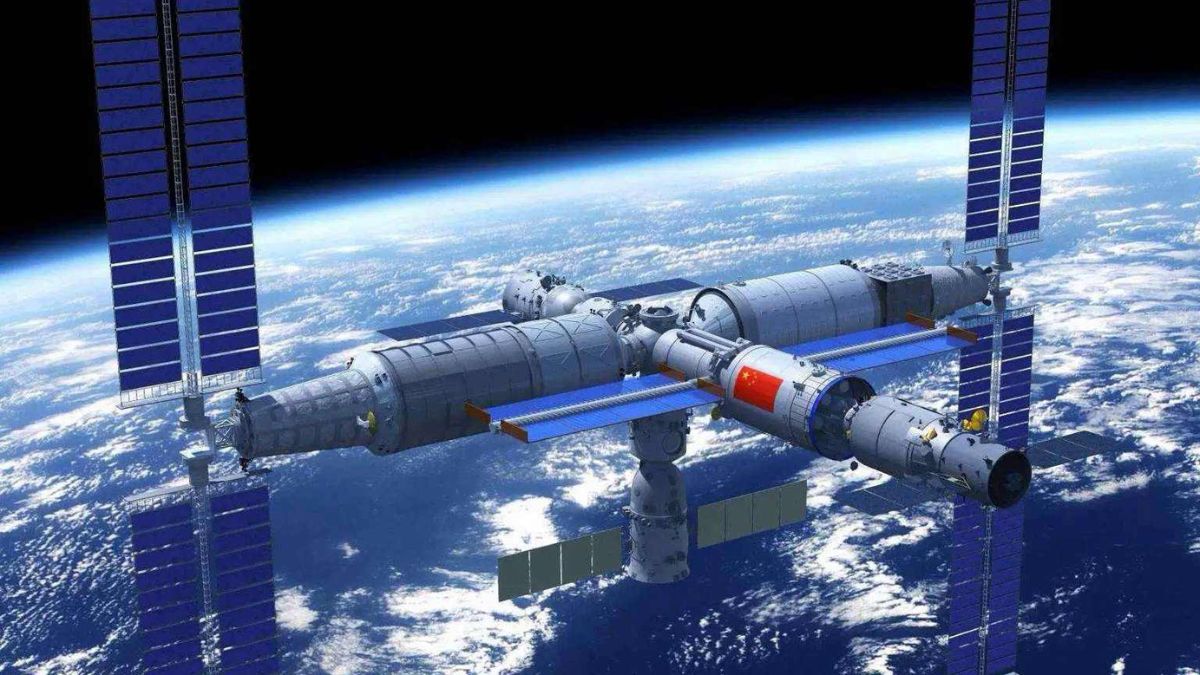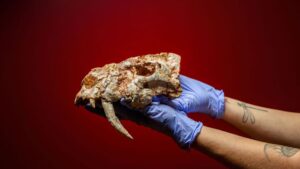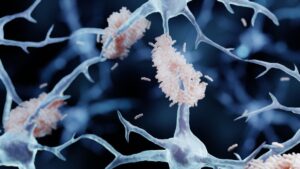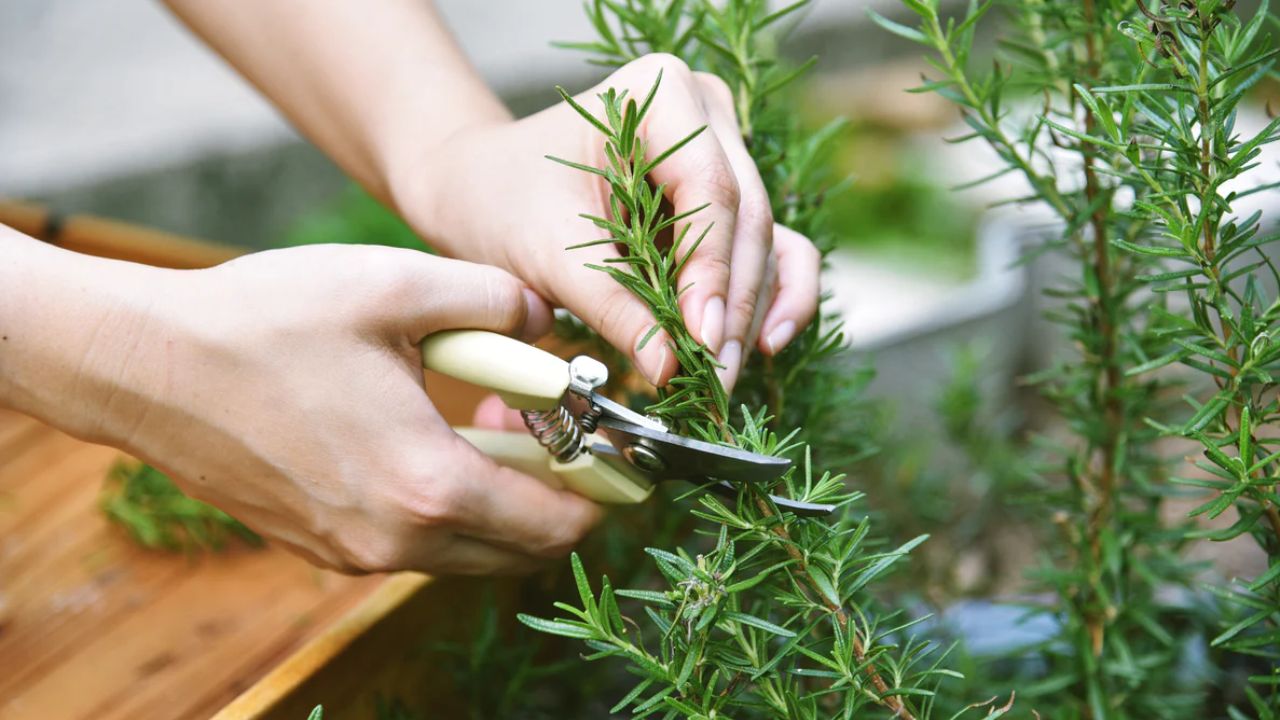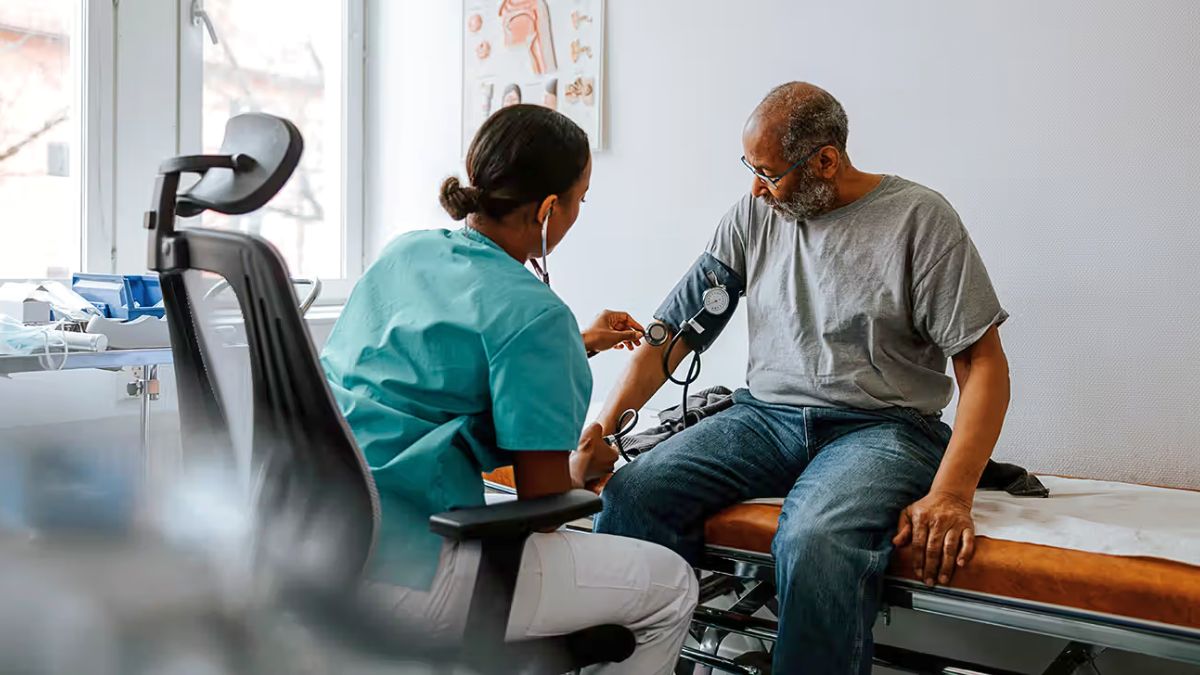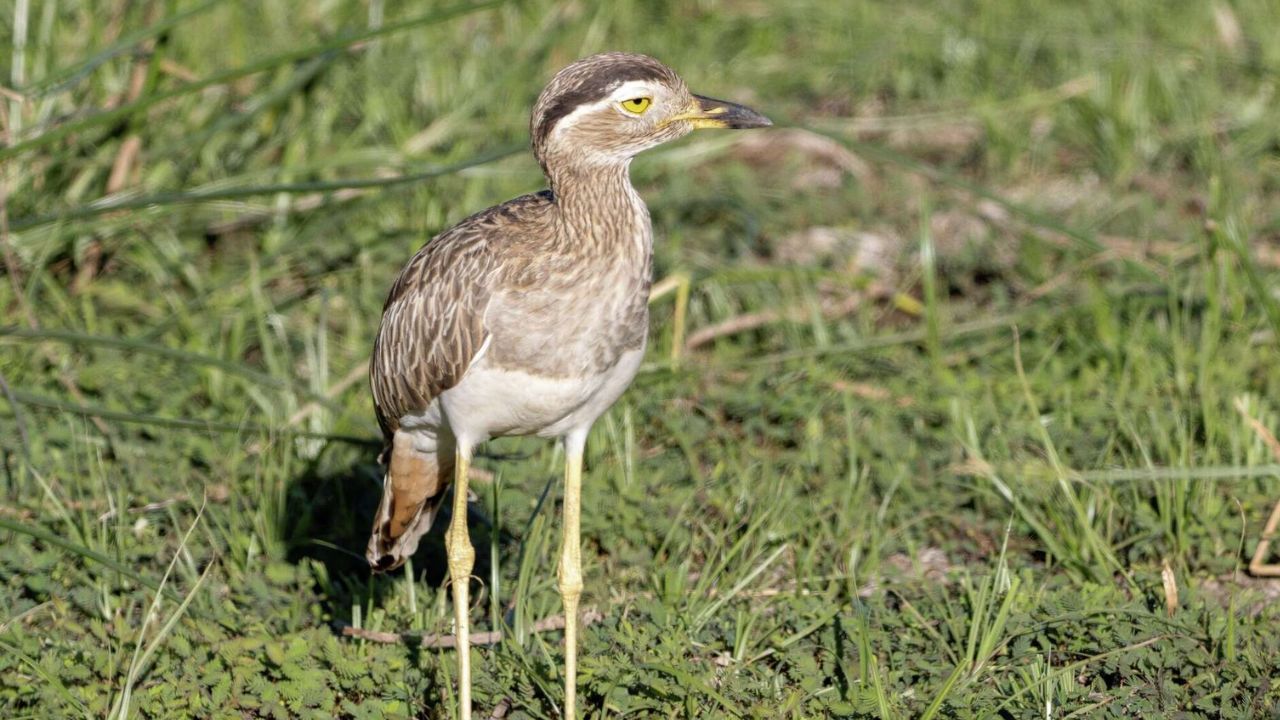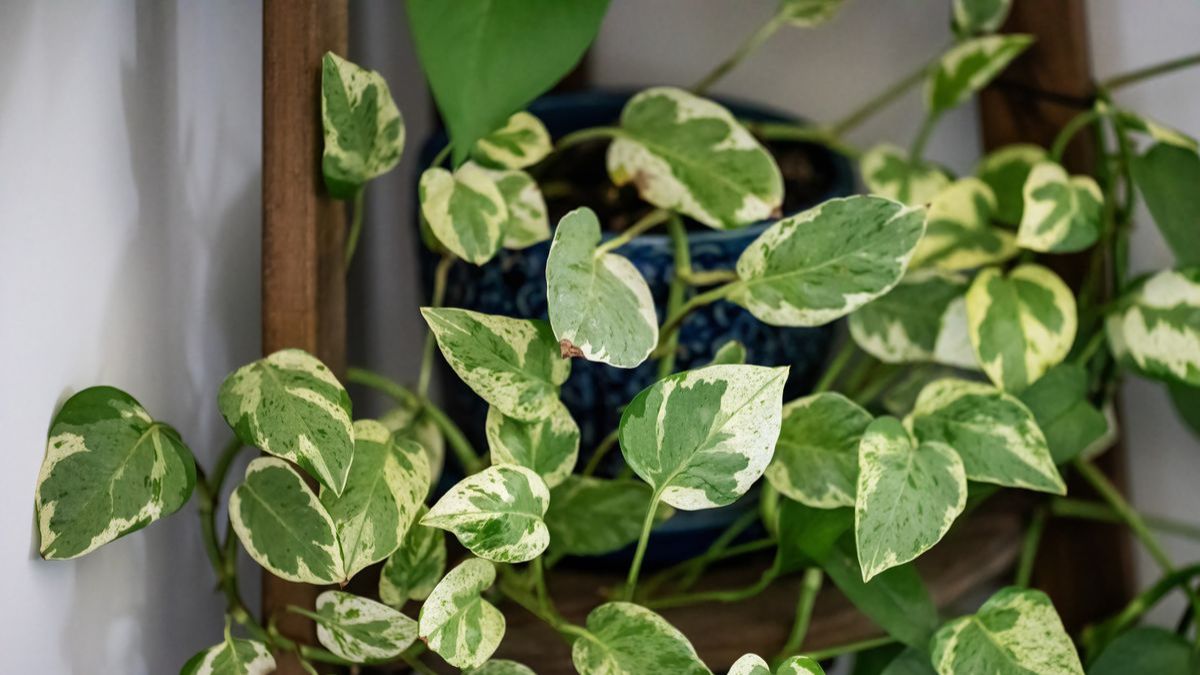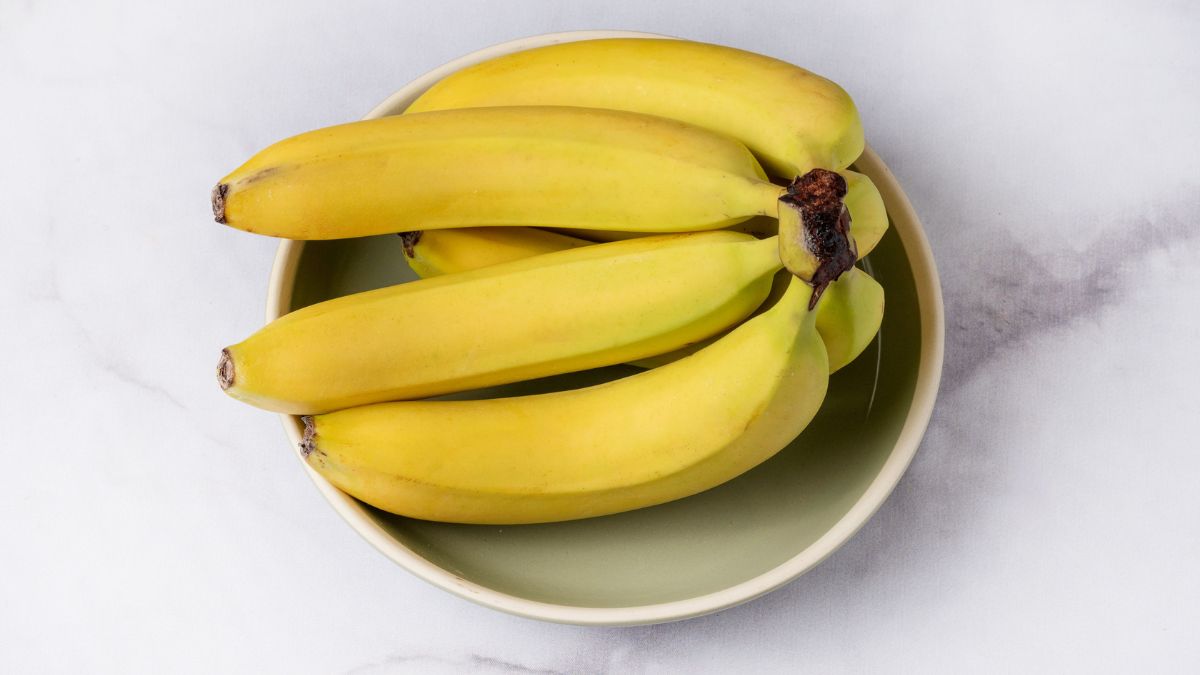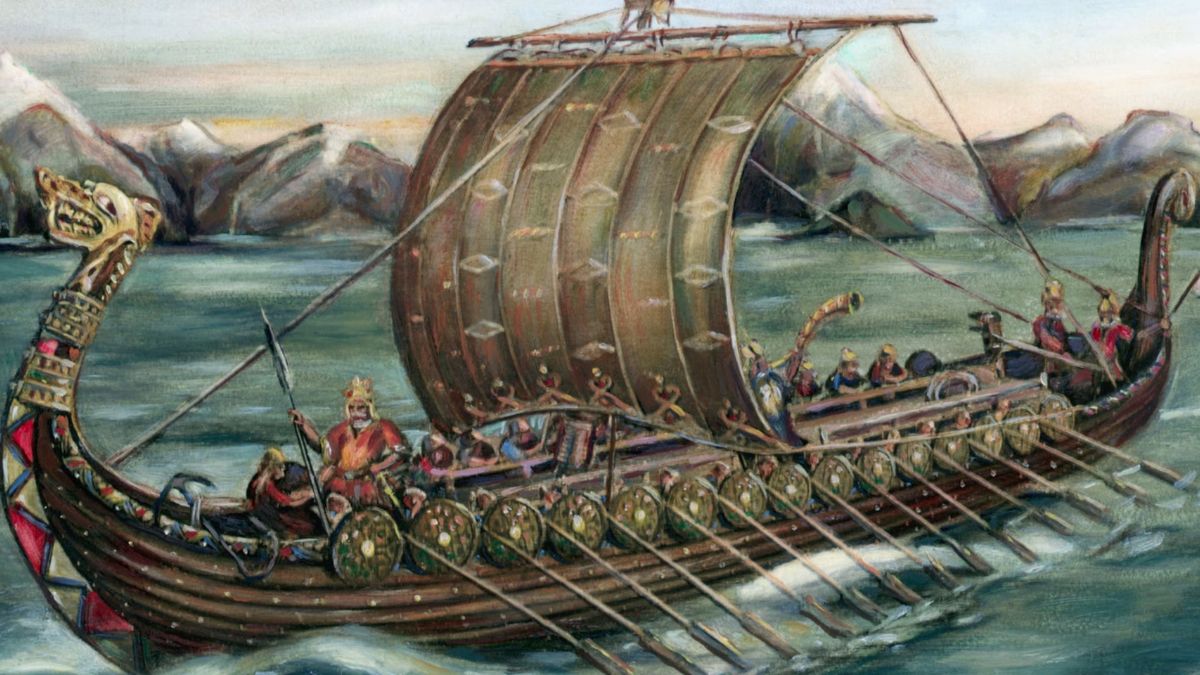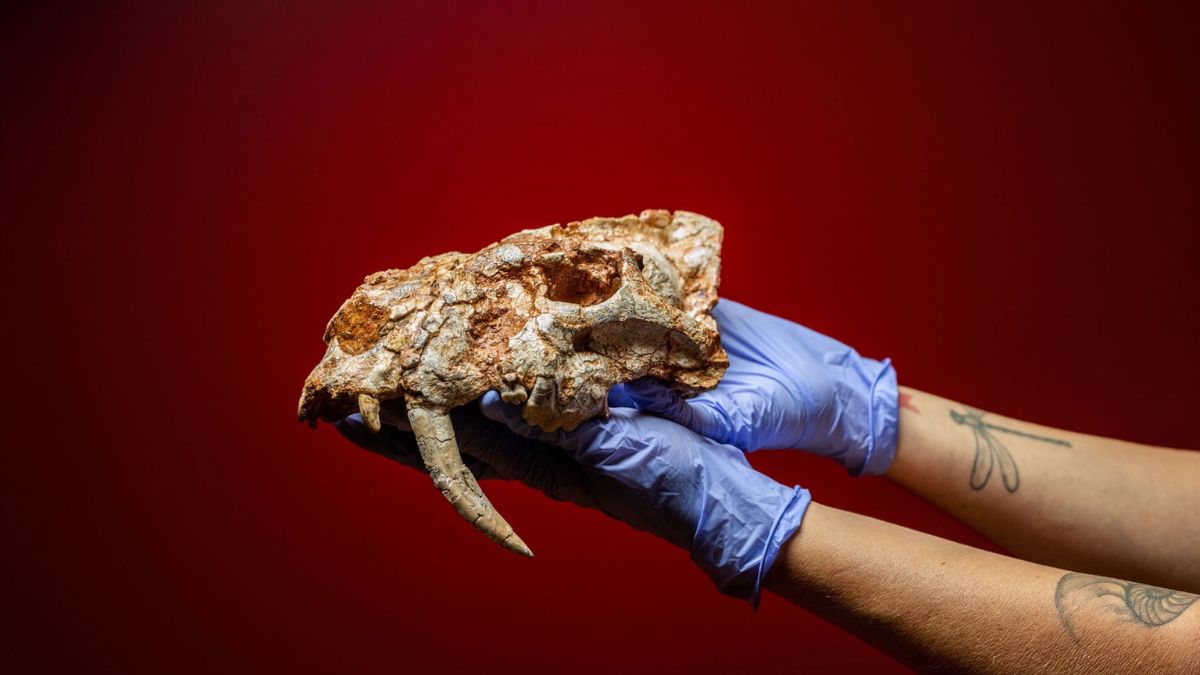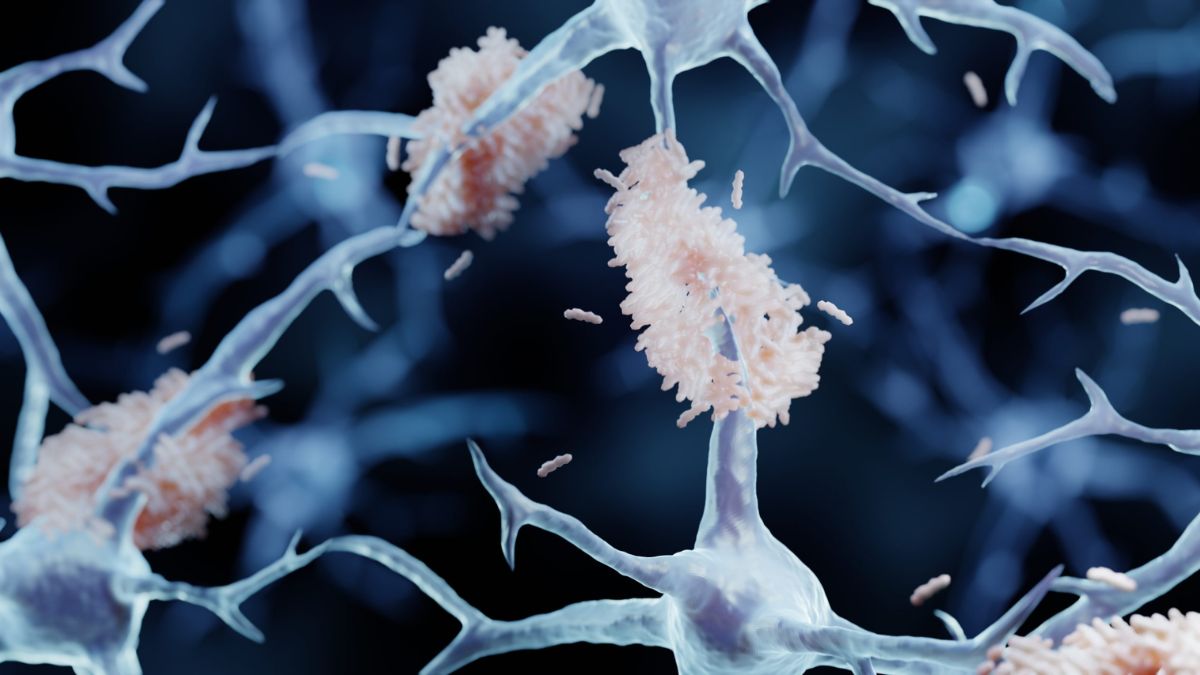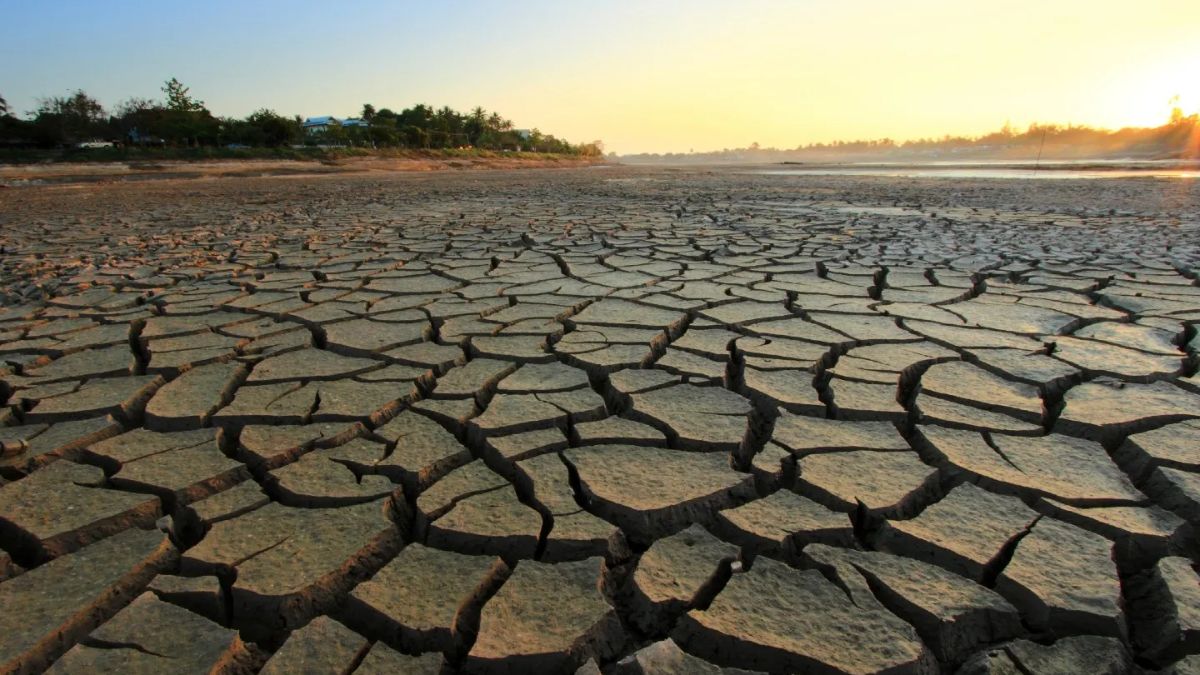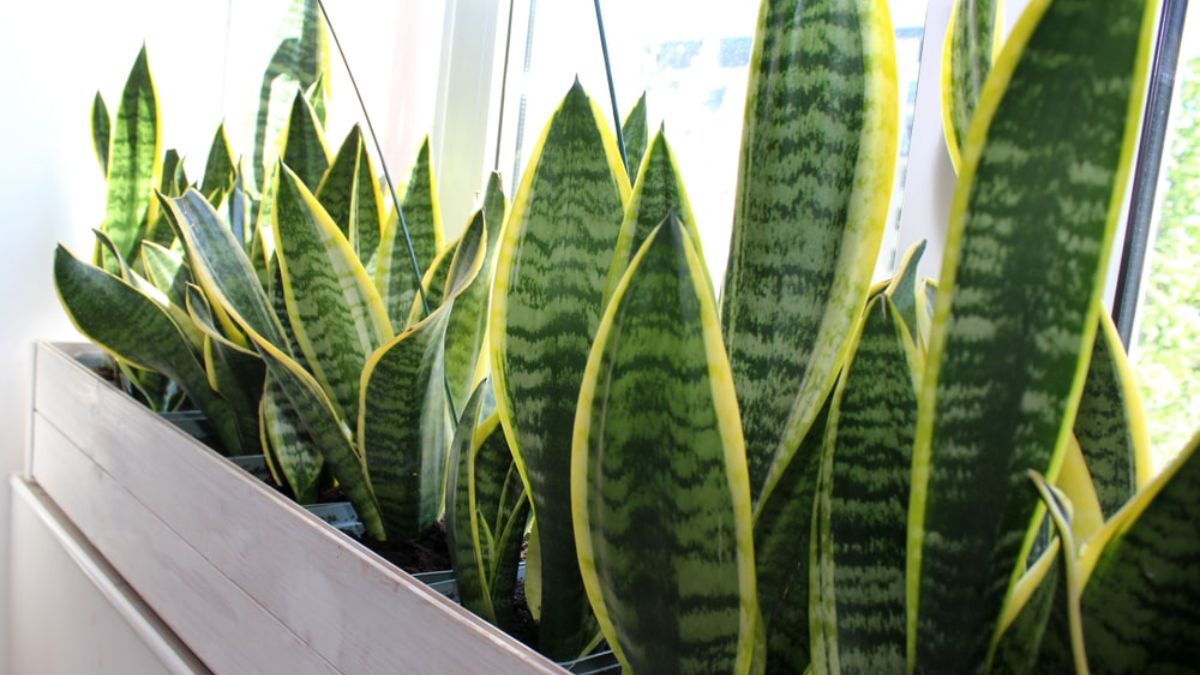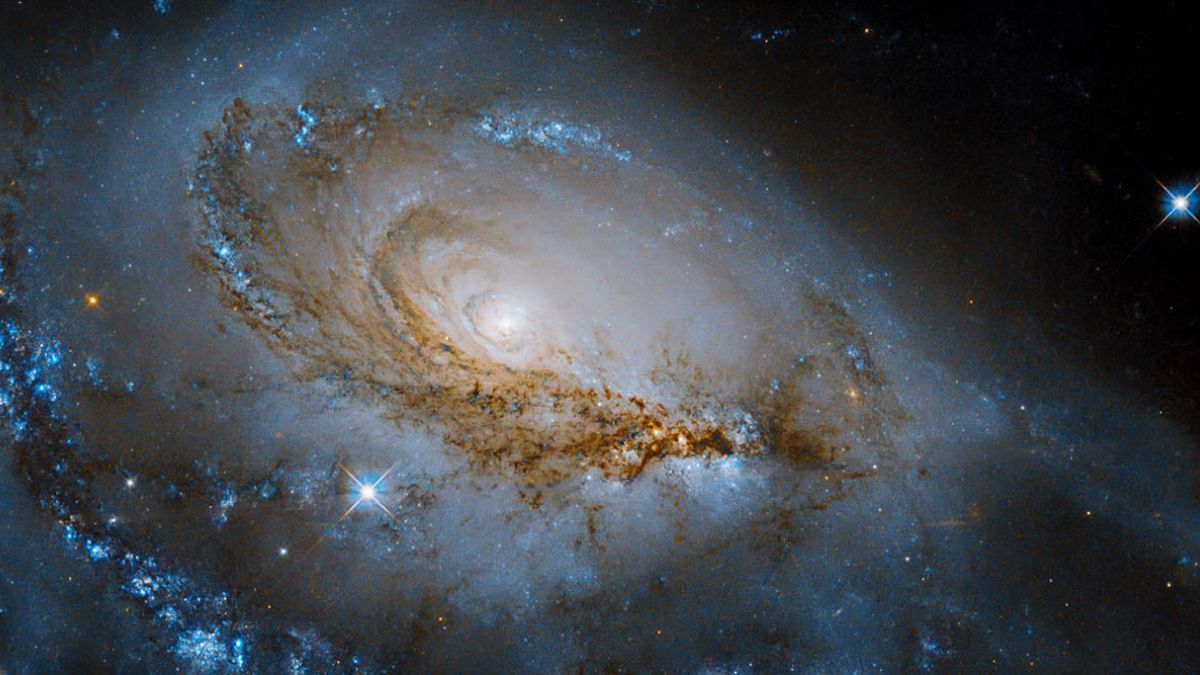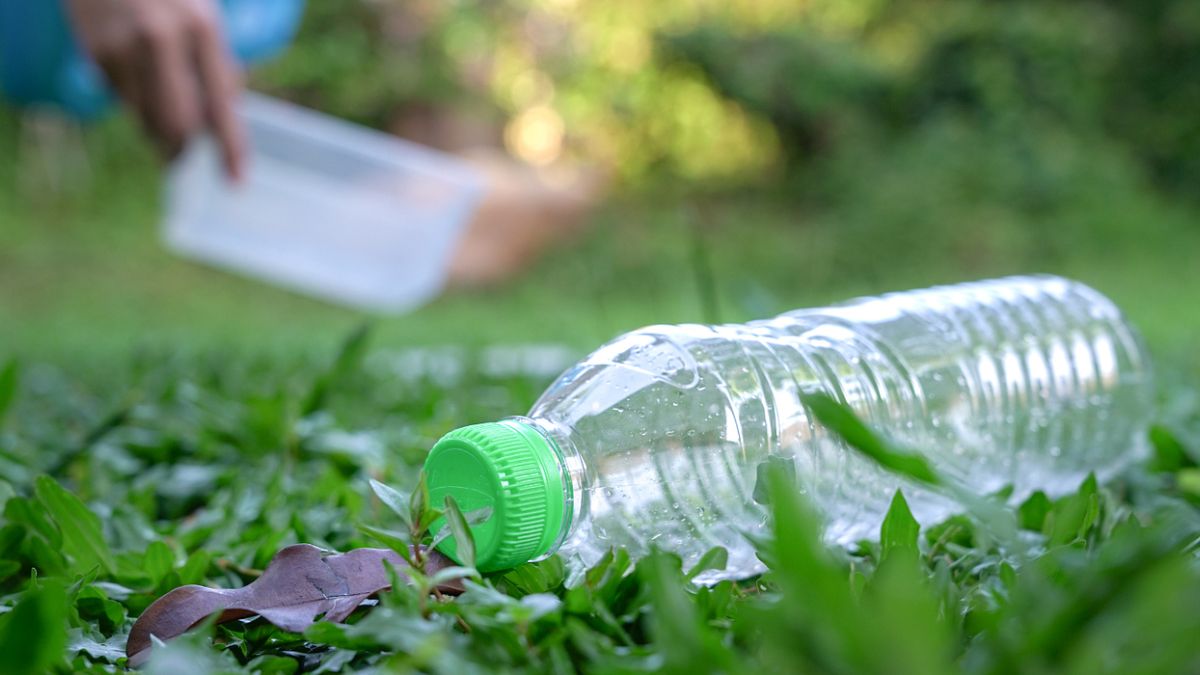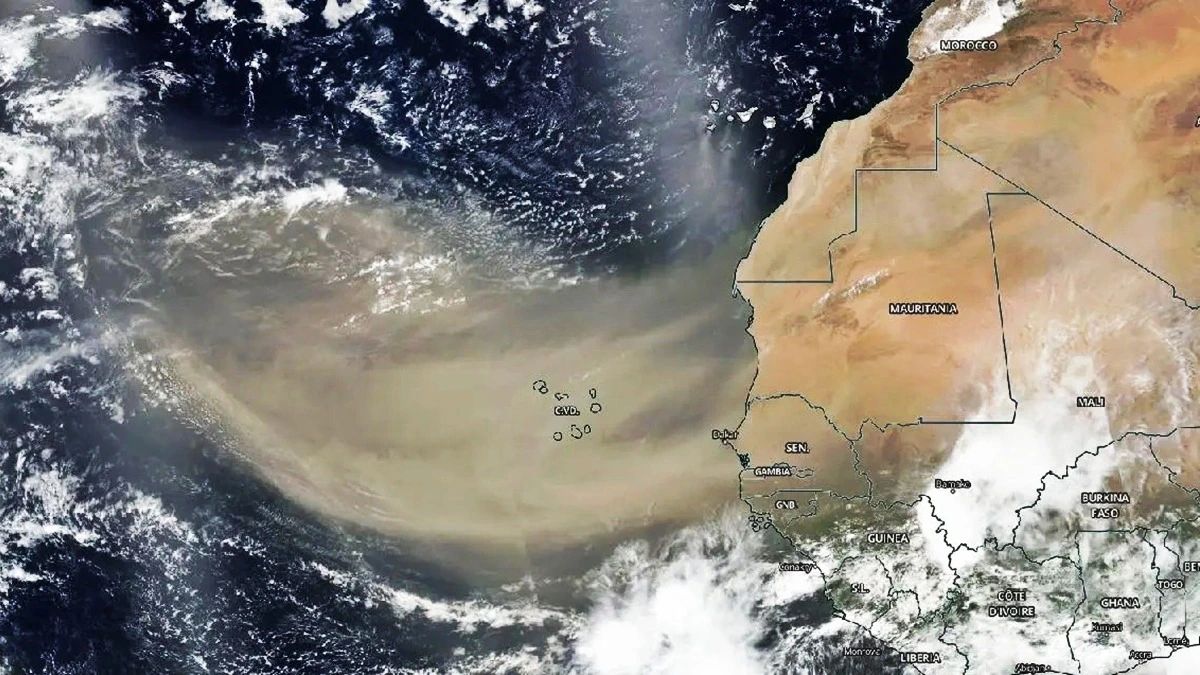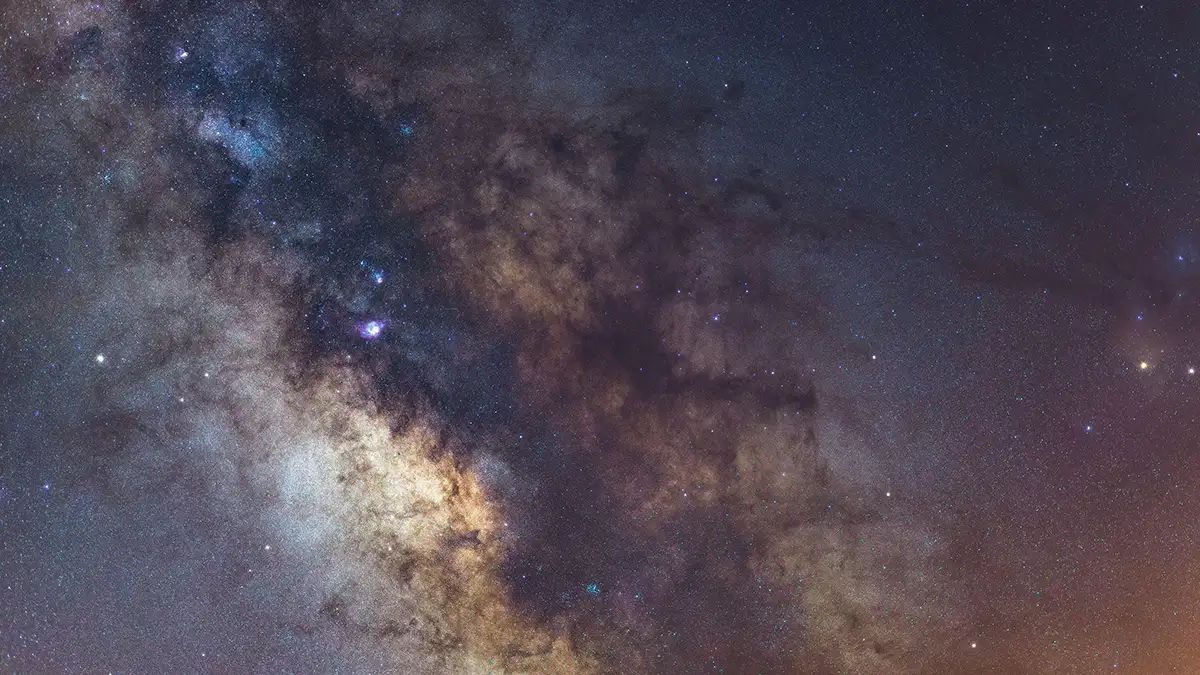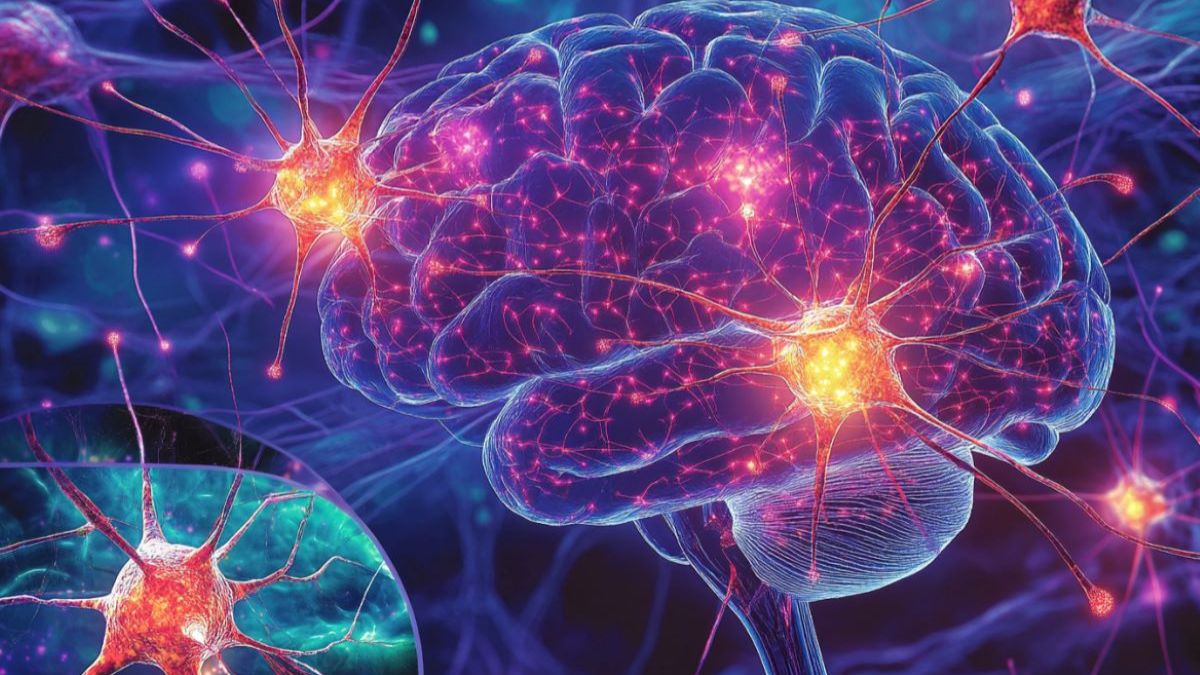Did you know there’s a newly discovered bacteria in space? Its name is Niallia tiangongensis, and it was found aboard China’s Tiangong Space Station by scientists from the Shenzhou Space Biotechnology Group. This isn’t just any microorganism—it’s a brand-new space-dwelling strain never seen on Earth before.
Even more exciting? It evolved from a bacteria we already know, but it adapted to survive in the harsh conditions of space. That means it might hold clues to medical breakthroughs, better protections against radiation, and even help us understand life beyond our planet.
Discovery
The bacteria was discovered during research by Chinese scientists working aboard the Tiangong Space Station. While experimenting with bacterial samples in microgravity, they identified a new strain that hadn’t been documented before. They named it Niallia tiangongensis, a nod to the station where it was found.
Interestingly, this space bacteria evolved from an Earth-based relative. But living in orbit caused it to develop completely new abilities. In other words, it’s like its Earth cousin—but stronger, smarter, and built to handle outer space.
Abilities
What makes Niallia tiangongensis so fascinating isn’t just where it was found, but how it behaves.
This strain developed several survival superpowers:
- It can resist high levels of radiation, which would destroy most Earth-based life.
- It handles oxidative stress, meaning it can survive even when exposed to harmful reactive molecules.
- It has self-repair abilities, fixing itself if damaged—kind of like the Wolverine of bacteria.
These features make it one of the toughest microbes we’ve ever come across, and that’s why scientists are so excited about its potential.
Purpose
Why study bacteria in space at all? Simple. Life in space is extreme. There’s radiation, microgravity, and no real protection from the elements. Studying how bacteria survive in this environment helps scientists answer big questions:
- How can we protect astronauts from harmful microbes?
- Can bacteria survive long-term in space travel?
- Is life on Mars or other planets possible?
By understanding bacterial evolution in space, we also gain tools for improving life on Earth.
Earth Benefits
So, how does this new space bug help us back home?
The unique properties of Niallia tiangongensis could help researchers develop:
- New medicines that protect human cells from radiation or oxidative damage.
- Stronger disinfectants or antimicrobial coatings for hospitals and labs.
- Biotech tools to fight resistant bacteria here on Earth.
Hospitals, in particular, could benefit massively. Imagine if rooms, equipment, or even protective clothing had built-in resistance based on this bacteria’s traits. That would mean less chance of infection and better recovery conditions for patients.
China’s Reaction
The China Manned Space Agency sees this discovery as a big deal—and rightfully so. They believe this could mark the beginning of deeper studies in both Earth and space-based biology.
Here’s what they aim to explore next:
- Microbial activity in microgravity
- Genetic changes in bacteria over time
- New paths in medicine, biotechnology, and planetary science
For them, Niallia tiangongensis is more than a cool lab result—it’s a window into the future of space science.
The Bigger Picture
The idea that a familiar Earth bacteria can become something so different—and powerful—just by floating in space is mind-blowing. It shows how adaptable life is, and how connected our planet is to the rest of the universe.
Every small discovery like this brings us one step closer to knowing life in space, treating illnesses on Earth, and maybe even surviving long-term missions to other planets.
So, while Niallia tiangongensis might be microscopic, its impact could be massive.
FAQs
What is Niallia tiangongensis?
A new bacteria found on China’s Tiangong Space Station.
Why is this space bacteria special?
It resists radiation, oxidative stress, and can self-repair.
Can it help us on Earth?
Yes, it could inspire new medicines and stronger disinfectants.
Is this bacteria related to any on Earth?
Yes, it evolved from a known Earth-based bacterial strain.
What will China study next?
Genetics, bacteria behavior, medicine, and space biotechnology.

